Buying a home in British Columbia in 2024–25 means knowing the rules for down payments and mortgage qualification. In Canada (including BC), the minimum down payment depends on price: 5% of the first $500,000, 5% on the first $500k plus 10% on the portion between $500,000–$1.5 million, and 20% for any price above $1.5M. For example, on a $600,000 home you need 5% of $500k ($25,000) plus 10% of the remaining $100k ($10,000), totaling $35,000. These Canadian rules apply in BC and Vancouver as well. A partial provincial program now lets qualified first-time buyers pay no property transfer tax on the first $500k of price. Under federal rules, any down payment under 20% makes your mortgage “high-ratio,” meaning mortgage default insurance is required. Lenders also point out that for first-time or newcomer buyers, having 20–35% down can simplify approval: with 20% down and two years’ employment you qualify for a conventional mortgage, whereas with 35% down you may still qualify even with little Canadian credit history.
BC Down Payment Requirements
In British Columbia, homebuyers must meet Canada’s federal down payment rules. On homes priced at $500,000 or less, the minimum down payment is 5%. For homes between $500,000 and $1.5 million, it’s 5% of the first $500k plus 10% of the amount above that. For example, a $1,000,000 home needs 5% of the first $500,000 ($25,000) plus 10% of the remaining $500,000 ($50,000), so $75,000 total. Any purchase of $1.5 million or more requires 20% down.
Lenders in BC often encourage saving more than the legal minimum. A larger down payment reduces monthly payments and insurance costs. The Canada Mortgage and Housing Corporation (CMHC) charges insurance premiums ranging from 0.6% to 4.5% of the mortgage depending on how small your down payment is. Also, if a borrower is self-employed or has poor credit, lenders may demand a larger down payment than the minimum. Overall, first-time homebuyers in BC should plan for at least 5% down and consider saving 10–20% if possible for better rates.
Mortgage Qualification in Vancouver and BC
Lender criteria in Vancouver and BC follow Canadian guidelines. Mortgage approval depends on your income, debts, credit history, and down payment. Banks typically expect your Gross Debt Service (GDS) ratio — the portion of income for housing (mortgage, taxes, heating) — to stay below about 39% of gross income. Your Total Debt Service (TDS) ratio — all debts including housing — should be below roughly 44%.
Other criteria include credit score and documentation. Lenders will check your credit report and score (usually they like 680+ for best rates). They will ask for proof of income (T4 slips, pay stubs, Notice of Assessment), confirmation of assets (savings, investments), and details of other debts (credit cards, car loans, etc.). If you have a stable job (especially two or more years with the same employer), lenders have more confidence. For newcomers, banks often want two years of full-time work or larger down payments. Non-residents or temporary residents typically need at least 20–35% down as well, though lending criteria vary by lender.
Each lender also has programs and tools. Many banks and brokers offer mortgage calculators or online “qualifier” tools to estimate what you can afford. You can also get pre-approval from a bank or mortgage broker to lock in a rate and know your price range.
Types of Mortgages: Conventional vs High-Ratio, Fixed vs Variable
When choosing a loan, you should compare key types of mortgages. Here are the basics:
-
Conventional mortgage – 20% down or more, no mortgage insurance required.
-
High-ratio mortgage – less than 20% down, requires mortgage default insurance.
-
Fixed-rate vs Variable-rate – A fixed-rate mortgage locks in a set interest rate and payment for the term (e.g., five years), offering stability. A variable-rate mortgage has a rate tied to prime; it may start lower but can rise if interest rates go up.
-
Open vs Closed mortgage – Open mortgages let you pay off extra principal or refinance at any time without penalty but carry higher rates. Closed mortgages (most common) have lower rates but restrict prepayment.
Under recent rules, amortization limits differ: insured mortgages (≤20% down) normally max out at 25 years, whereas high-down-payment loans can go up to 30 years. However, effective 2024, first-time buyers of new homes (and those with insured mortgages) are allowed up to a 30-year amortization, which lowers monthly payments but increases total interest.
High-Ratio Mortgages and Default Insurance
In BC, any mortgage with less than 20% down is called a high-ratio mortgage and must carry mortgage default insurance. This protects the lender (not the borrower) if you can’t make payments. Major insurers are CMHC, Sagen, and Canada Guaranty. If your down payment is below 20%, you will pay an insurance premium – typically added to your mortgage. Premiums range from about 0.6% up to 4.5% of the mortgage amount.
To qualify for mortgage insurance (and thus a high-ratio mortgage), you must meet standard lending criteria. Insurers generally require at least a 600+ credit score, reasonable debt service ratios, and stable income. Borrowers must show they can handle mortgage payments at a stressed rate, just like all buyers (see the stress test below).
One important change: until December 2024, homes priced above $1,000,000 could not get mortgage insurance, meaning 20% down was needed. Starting December 15, the insured mortgage cap increases to $1.5 million. After that date, properties up to $1.5M can be insured (allowing down payments as low as 5%), but any home $1.5M or more still requires 20% down.
In summary: if you put less than 20% down, expect to pay for default insurance (premium + interest on it), obey debt ratios (GDS 39%/TDS 44%), and qualify at the insurer’s rates. The insurer will allow up to 25-year amortizations (usually 30 for first-timers or new builds).
Mortgage Stress Test in BC
All mortgage borrowers in BC must pass the federal mortgage stress test. This means the lender assesses your ability to pay at a higher rate than your contracted rate. Per OSFI rules, lenders must use the greater of (a) the Bank of Canada’s benchmark rate (currently 5.25%) or (b) your negotiated mortgage rate plus 2%. For example, if your lender offers you a 3.0% rate, you must qualify at 5.25%. If your rate was 5%, you’d need to qualify at 7%.
This stress test applies to both insured (high-ratio) and conventional mortgages. It also applies to refinancing or switching lenders: if you refinance your home loan or take out a new HELOC, you must qualify again under the test. The effect of the stress test is that your maximum borrowing capacity is lower: you must show enough income to cover mortgage payments at the higher rate. Many buyers find this challenging when rates are high, so a larger down payment or lower-priced home helps.
It’s smart to use an online stress-test calculator or the FCAC tool to see if you qualify before applying.
First-Time Homebuyer Programs in BC
BC and Canada offer several programs to help first-time buyers. The largest BC-specific benefit is the First-Time Home Buyers’ Program for property transfer tax. Qualified first-time buyers (citizens or PRs who haven’t owned a home before) pay no transfer tax on the first $500,000 of the home’s fair market value. In 2024, BC raised the income criteria so you can still get the full exemption if the home’s value is up to $835,000.
On the federal side, there are tax-advantaged savings and withdrawal plans. The Home Buyers’ Plan (HBP) allows first-time buyers to withdraw up to $60,000 from their RRSPs to buy a qualifying home. You must repay that amount to your RRSP over 15 years to avoid tax. Another new tool is the First Home Savings Account (FHSA): you can contribute up to $8,000 per year tax-free (up to a lifetime limit of $40,000) and withdraw it tax-free for a first home. Both the HBP and FHSA are great ways to boost your down payment sooner. There’s also the federal Home Buyer’s Tax Credit (a $750 non-refundable credit on taxes for first-time buyers, effectively about $1,500 value).
Some local programs have ended, but BC offers additional incentives for building or buying purpose-built rentals and green homes. Many buyers also take advantage of grants, rebates, and lender incentives. After April 2024, BC’s First-Time Exemption threshold jumped from $500k to $835k, meaning more buyers now avoid the tax entirely.
Comparison of Mortgage Options
When finalizing your mortgage choice, compare products step-by-step:
-
Down Payment & Insurance: 5% vs 10% vs 20% down dictates whether you need mortgage insurance.
-
Amortization Length: 25-year amortization is standard for insured loans. If you qualify as a first-time buyer (or buying new construction), you may use a 30-year amortization.
-
Interest Rate Type: Fixed rates guarantee the same rate for a term (e.g., five years). Variable rates start below fixed rates but can go up if prime rate increases.
-
Open vs Closed Term: An open mortgage lets you prepay or refinance anytime but has higher rates. A closed mortgage fixes payments but limits how much extra you can pay.
-
Interest Costs & Prepayments: A 25-year mortgage at 4% vs a 30-year at 4% results in tens of thousands more interest over the loan. Many lenders allow limited extra payments (like 15% prepayment privilege per year) with no fee.
Choosing a mortgage involves balancing payment size, total cost, and flexibility. It’s wise to get quotes from multiple lenders (banks, credit unions, mortgage brokers) to compare rates and terms for your situation.
Step-by-Step Guide to Qualifying for a Mortgage in BC
-
Check Your Credit and Budget
Get your credit report and score. Fix any errors. Calculate how much you can afford by keeping your GDS ≤39% and TDS ≤44% of your gross income. -
Save for Down Payment and Closing Costs
Accumulate the minimum down payment (5–20%). Remember closing costs (legal fees, land transfer tax, inspection, etc.), which can be 1.5–4% of purchase price. Use programs like RRSP/HBP withdrawals and FHSA savings if you qualify. -
Explore First-Time Buyer Incentives
Check if you qualify for BC’s First-Time Home Buyers’ exemption and the federal First-Time Home Buyer’s Tax Credit. Pre-qualification by a lender can show how these factors improve your mortgage amount. -
Get Pre-Approved
Meet with a mortgage lender or broker to get pre-approved. This gives you a conditional guarantee of the mortgage rate and amount you can borrow, usually valid for 90–120 days. -
Find a Property and Finalize the Loan
Once pre-approved, shop for a home in your price range. When you find one, make an offer (often subject to financing). If accepted, your lender finalizes underwriting. -
Prepare Documentation
You’ll need proof of identity, recent pay stubs or T4s, employment letters, bank statements for down payment proof, and a list of debts. -
Mortgage Insurance (if needed)
If your down payment is under 20%, your lender will arrange default insurance on your behalf. -
Review and Sign Documents
Before closing, review the mortgage commitment letter outlining rate, term, amortization, and conditions. Have your lawyer review it.
Once everything is approved and signed, the final step is handing over funds and getting the keys.
Additional Tips and Resources
-
Use Lender Tools: Many banks offer mortgage calculators and stress-test calculators online.
-
Consult Professionals: A mortgage broker can often find the best deal and help you compare multiple lenders.
-
Stay Current: Mortgage rules can change (as they did in 2024 with longer amortizations and higher insurance caps). Always check for the latest information.
-
Remember Debt Ratios: If your GDS or TDS is above 39/44%, look for ways to reduce debts before applying.
Buying a home in BC may feel complex, but by breaking down the process, you can handle each step confidently. Check your credit, save for at least the minimum down payment, use any first-time buyer programs, and approach lenders prepared with documents. If you do, you’ll meet the mortgage lender criteria in BC and be ready to close on your home. Then it’s simply a matter of collecting the keys and enjoying your new home.
Ready to Buy a Home in BC? Let’s Talk.
Understanding BC down payment requirements and mortgage qualification rules is the first step to owning your dream home — but having an experienced guide makes all the difference.
At PLACE Real Estate Team – Oakwyn Realty, led by Adam Chahl, we help first-time buyers, investors, and newcomers secure the right mortgage and find the perfect property in Vancouver and across British Columbia.
Whether you’re curious about your mortgage options, need advice on first-time homebuyer BC programs, or want to compare high-ratio and conventional mortgage strategies, we’re here to help every step of the way.
Browse Other West Vancouver Communities
MLS® Listings in West Vancouver | Homes for Sale
Posted by Adam Chahl on


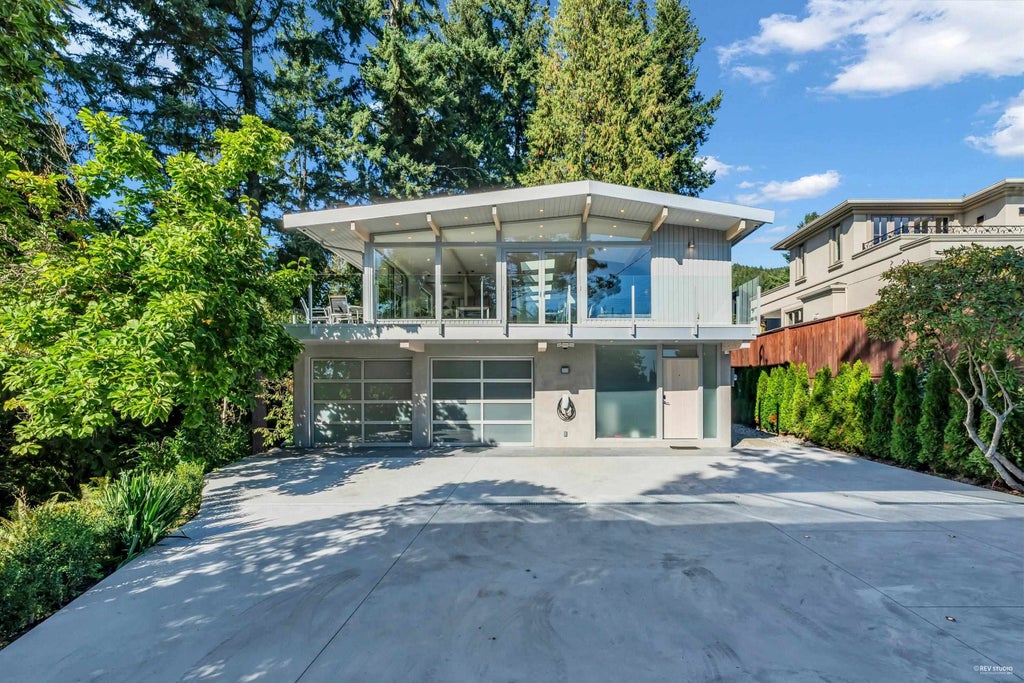

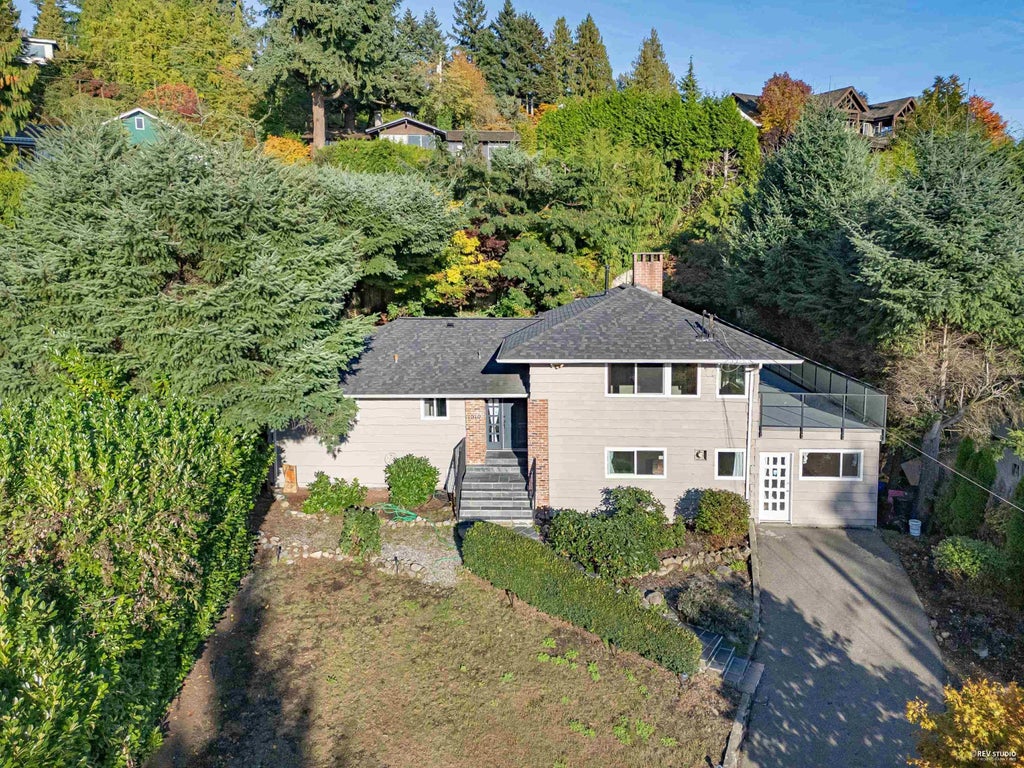
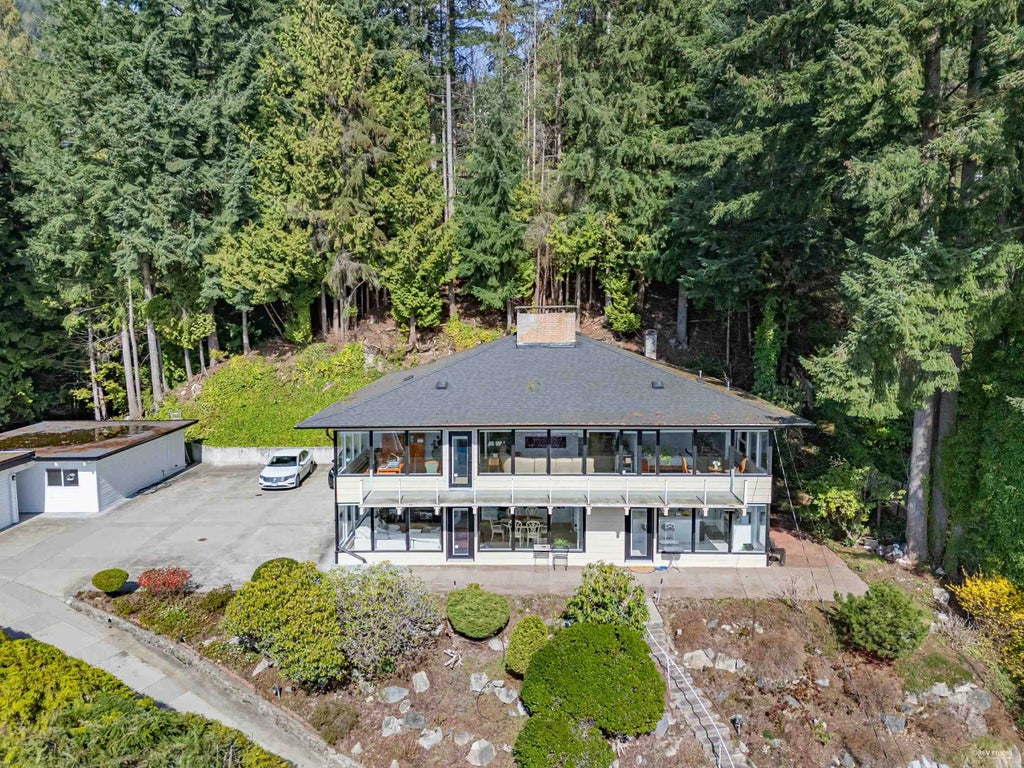
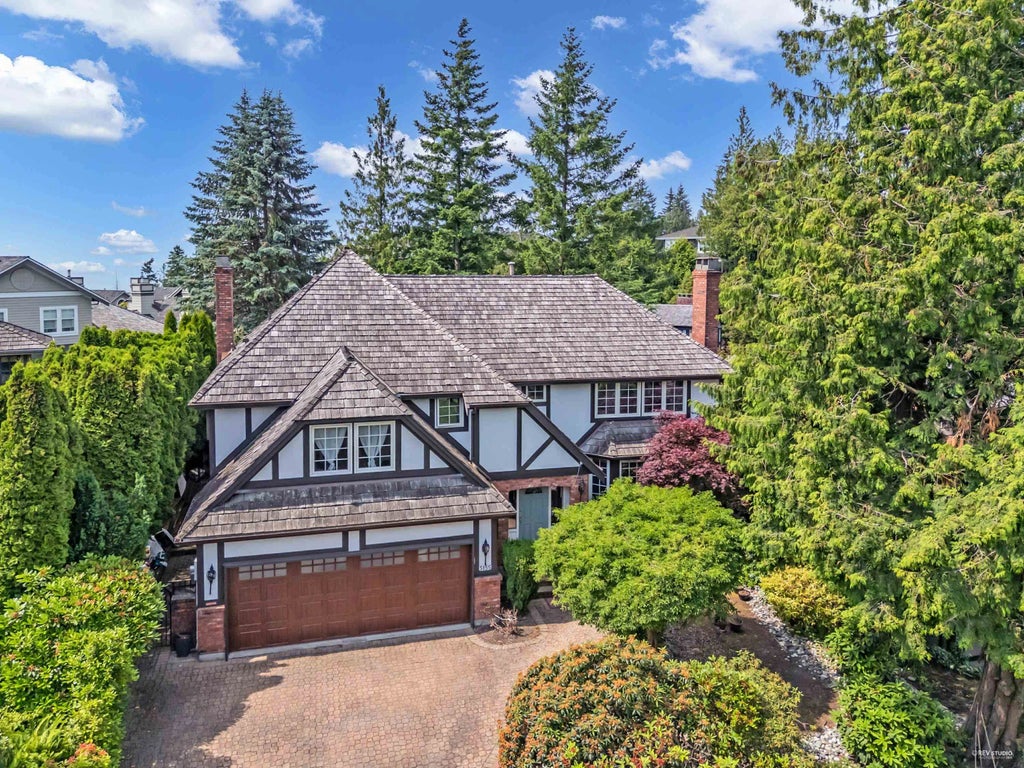
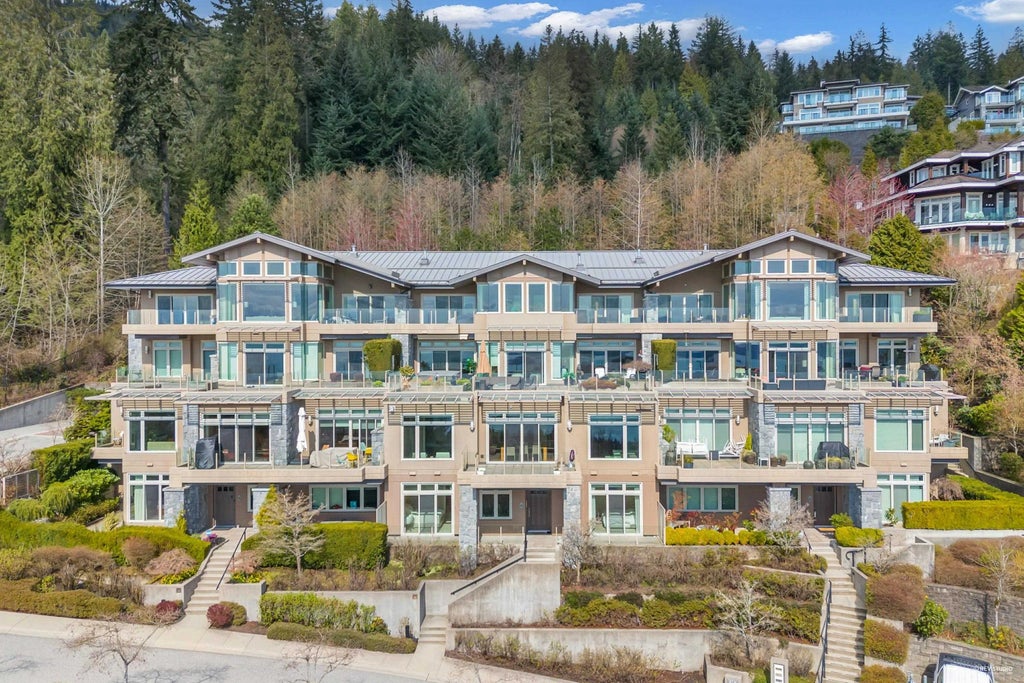

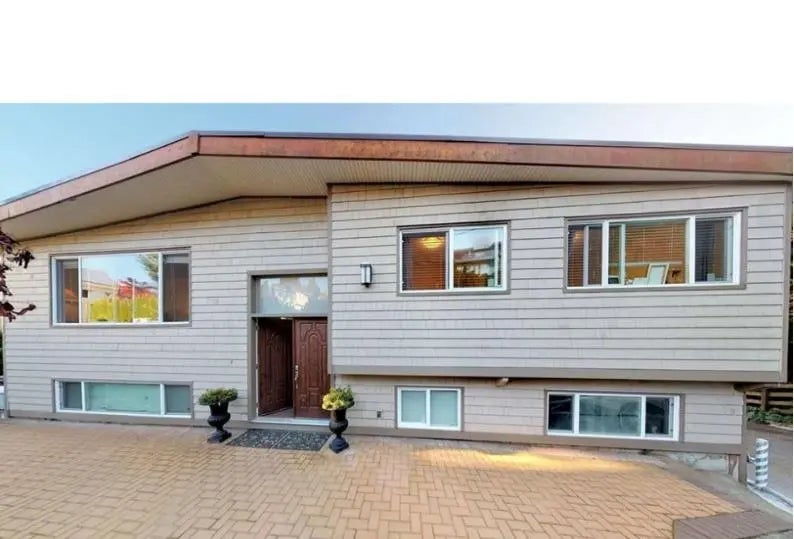
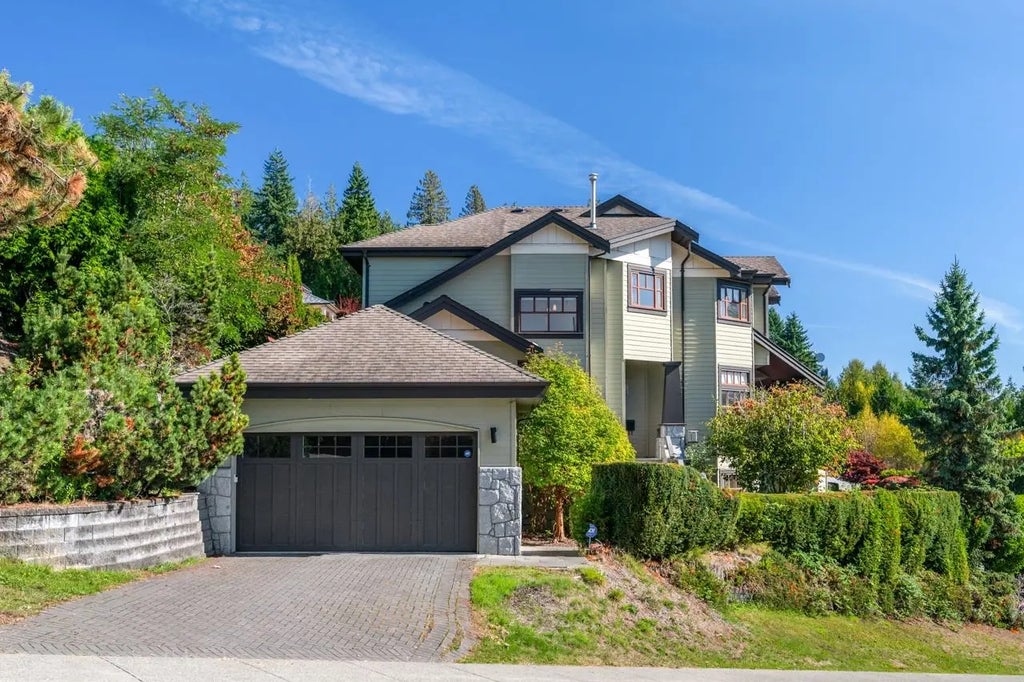
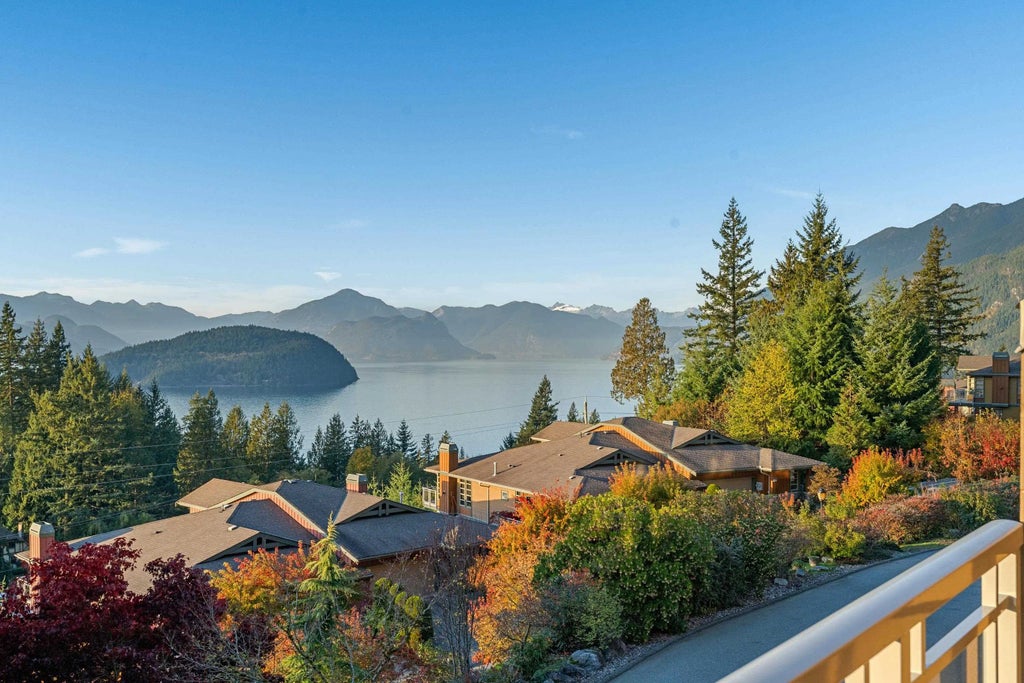
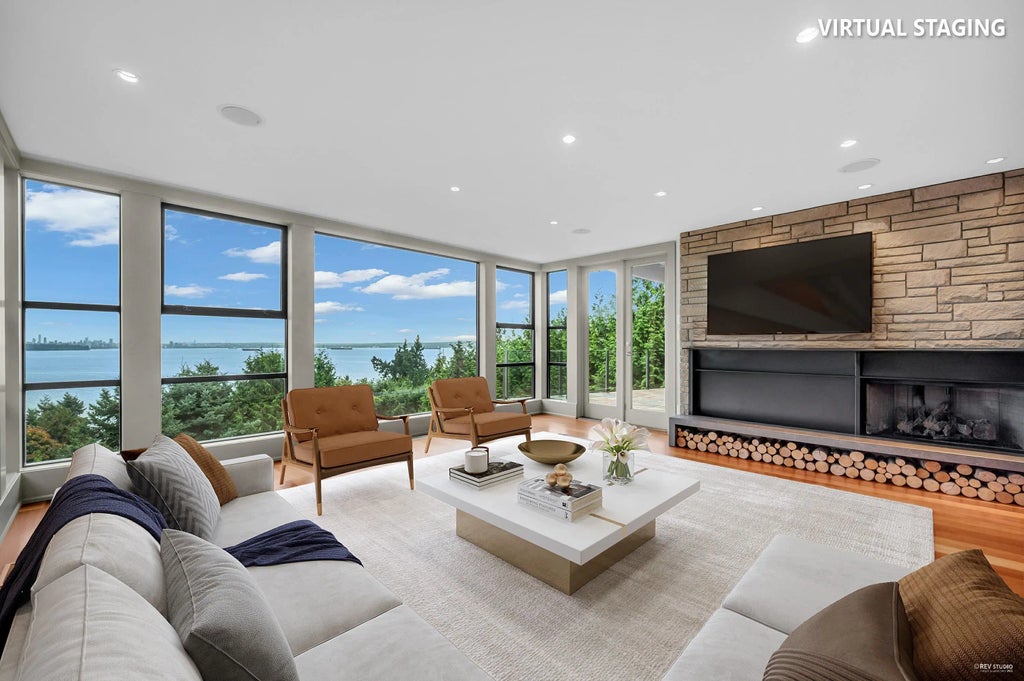
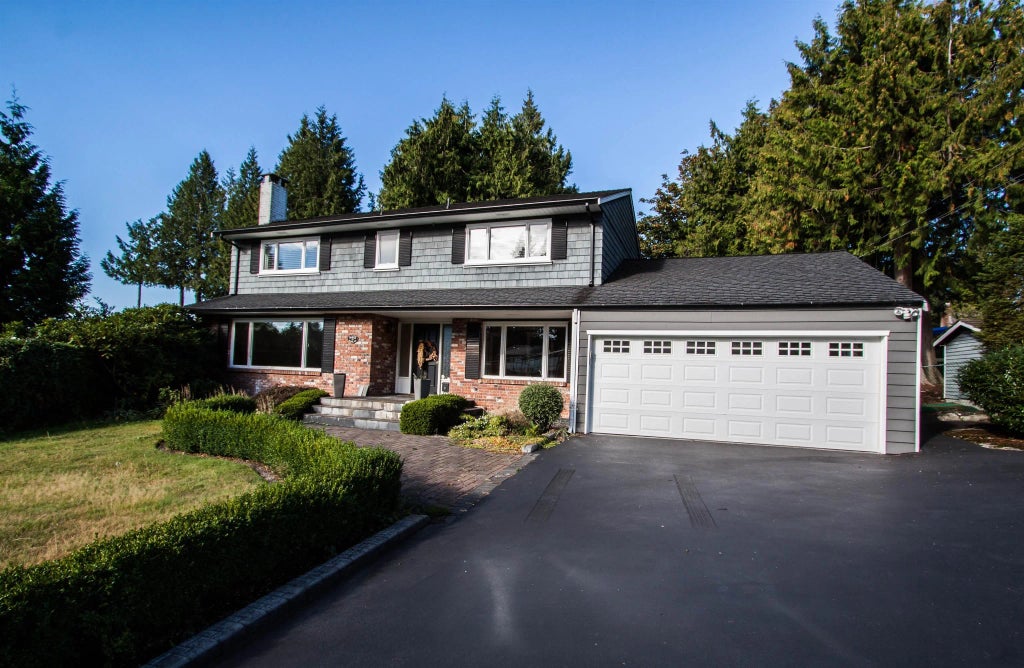
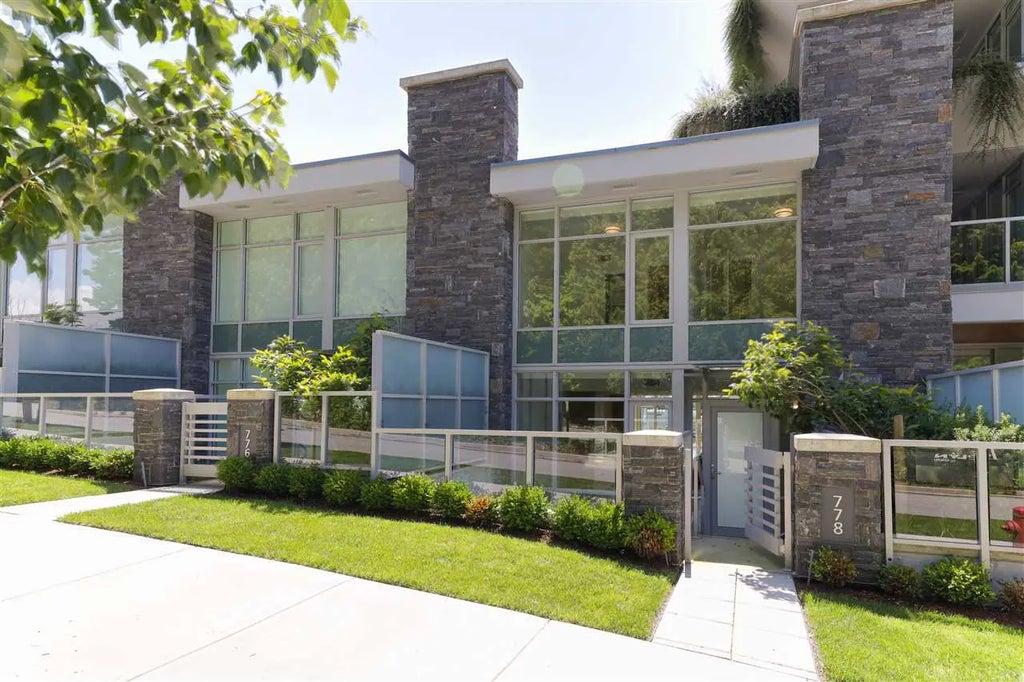
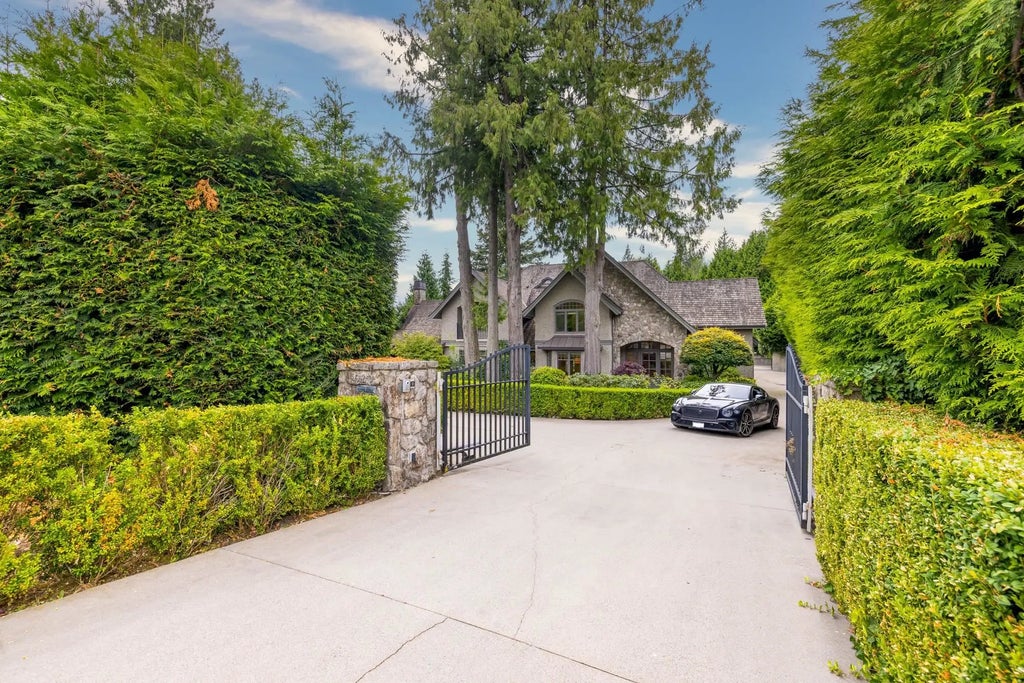
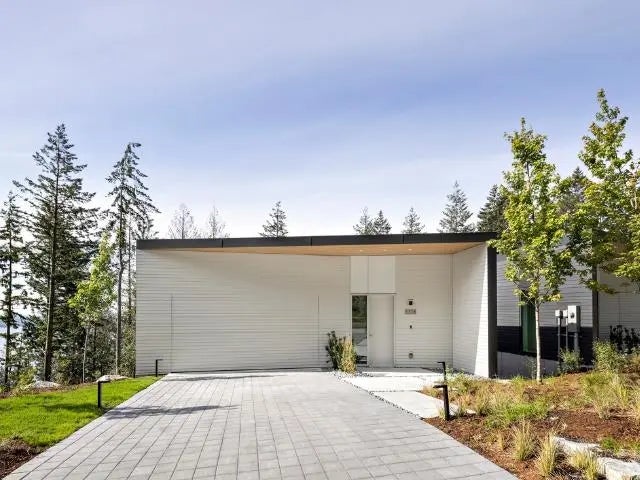
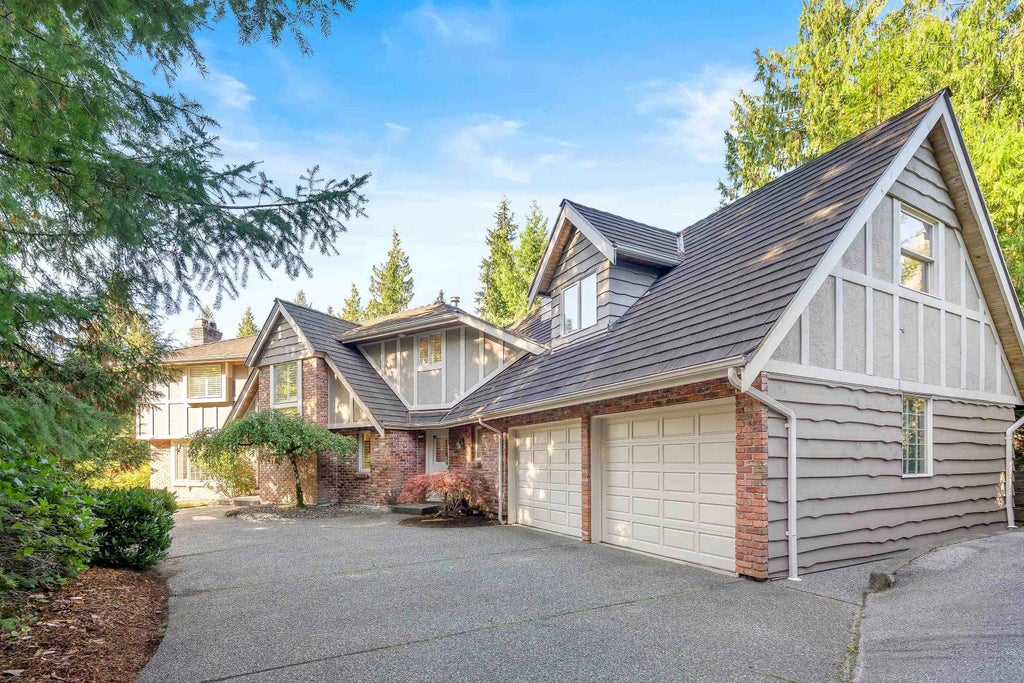
Leave A Comment